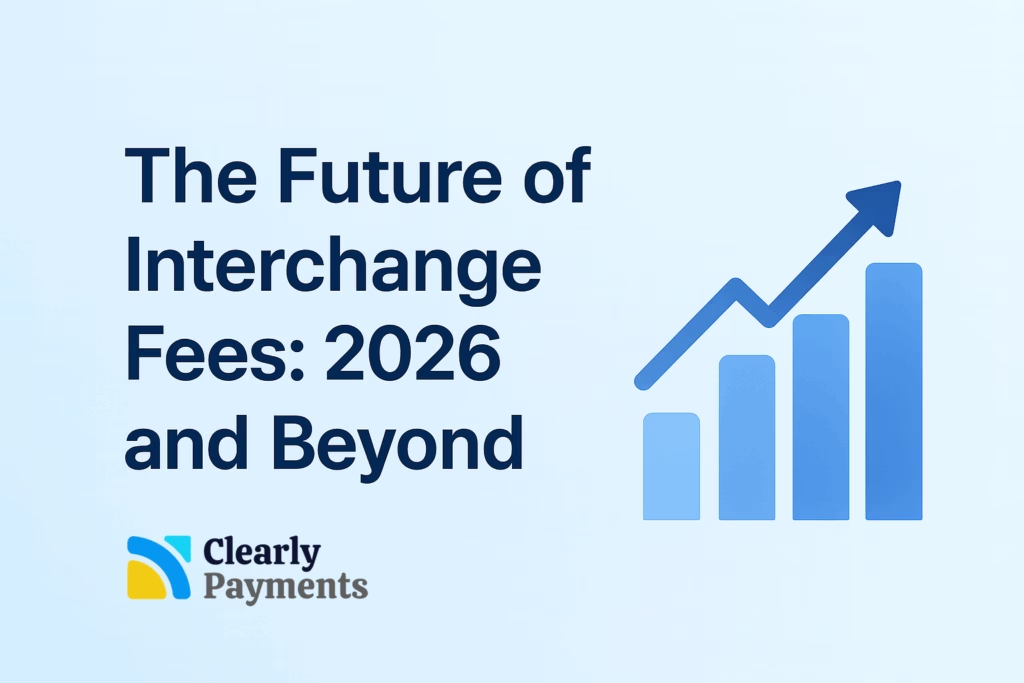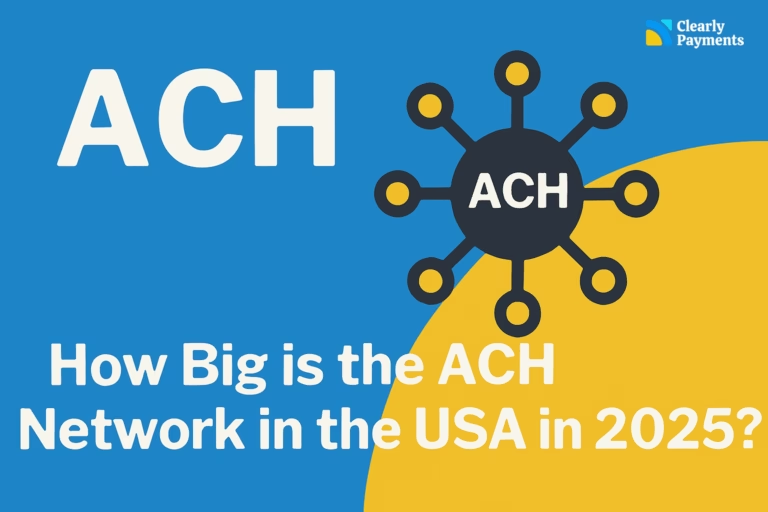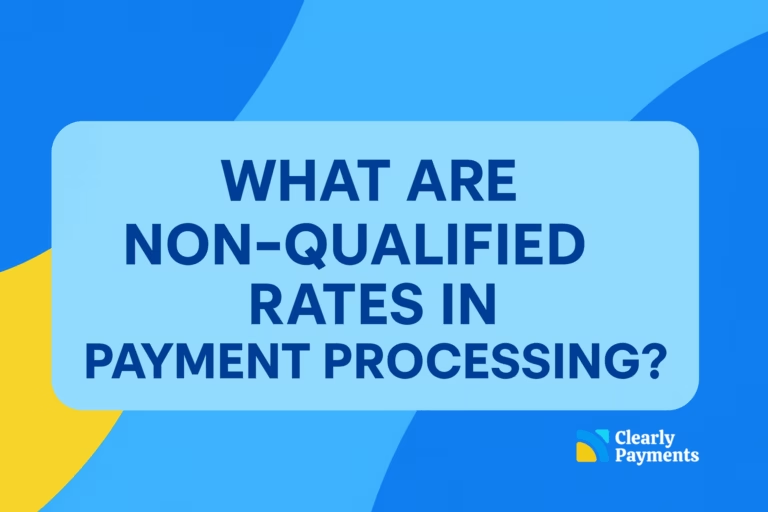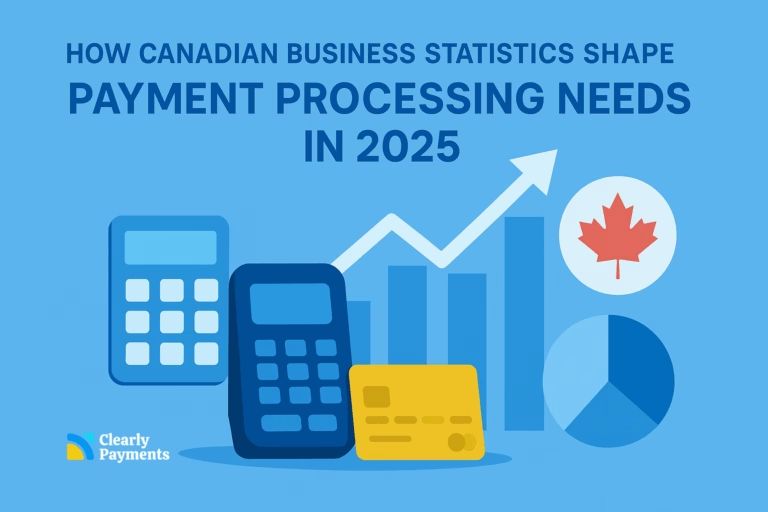Interchange fees make up a large share of the cost merchants pay to accept credit and debit cards. These fees are set by card networks and are influenced by regulation, competition, and market structure. Over time, governments and regulators have stepped in to lower or cap interchange fees, while networks have introduced new categories and pricing structures.
This article explains where interchange fees have come from, where they are today, and how upcoming regulatory and market changes will affect merchants in 2026 and beyond.
A Quick Quantitative History
The story of interchange is one of periodic regulatory interventions followed by market adjustments. In many regions, regulators have stepped in when fees were seen as too high, creating downward pressure. Over time, networks have often responded with complexity, new categories, new card programs, or shifting costs to other fees.
- 2023, Canada: The Government announced and finalized agreements lowering the average small-business credit interchange to ~0.95%, with additional ecommerce relief.
- 2011, United States: The Federal Reserve implemented the Durbin Amendment’s debit cap via Regulation II, setting a maximum $0.21 + 5 bps per transaction, plus a $0.01 fraud-prevention adjustment for large issuers.
- 2015, European Union: The Interchange Fee Regulation (IFR) capped consumer cards at 0.2% for debit and 0.3% for credit across the EU.
- 2021–2024, UK–EEA cross-border CNP: After Brexit, caps no longer applied to many cross-border online transactions, and network rates rose to 1.15% debit and 1.5% credit for UK↔EEA ecommerce.
Where Things Stand Today (2025 Snapshot)
Today, interchange fees differ significantly between regions. The U.S. continues to regulate debit but not credit; the EU and UK are dealing with cross-border complexities; and Canada recently implemented small business relief. Merchants selling internationally face multiple regimes, which affect pricing and acceptance strategies.
- Canada: Small-business relief is live for eligible merchants, targeting ~0.95% average credit interchange.
- United States, debit: A proposed update would reduce the cap to $0.144 + 4 bps, and increase the fraud-prevention adjustment to $0.013.
- European Union: Consumer caps remain 0.2% debit, 0.3% credit. Inter-regional tourist rates remain capped through 2029.
- United Kingdom: Post-Brexit CNP rates remain elevated at 1.15% debit and 1.5% credit, under review by the regulator.
- Australia: The RBA maintains weighted-average benchmarks and category caps, with more reforms under review.
What Could Change in 2026 and Beyond
Several major reviews and regulatory decisions are expected to take effect or progress in 2026. The direction of travel is toward tighter caps and more transparent pricing, especially for debit and cross-border ecommerce. Merchants should prepare for lower regulated debit fees in the U.S., possible caps in the UK, and stable but complex regimes in the EU.
- Canada: Large merchants can expect negotiation; small-business caps are settled.
- United States: Finalizing the debit cap proposal would lower regulated debit costs.
- UK ↔ EEA online: Cross-border caps are likely to compress elevated rates.
- European Union: Caps at 0.2% and 0.3% are expected to remain stable.
- Australia: RBA reforms may lower credit caps and impact surcharging.
Practical Actions Merchants Can Take Now
Even if regulations take time to finalize, merchants can optimize their payment setups today to reduce effective interchange costs. Interchange pricing isn’t just set by regulation, it’s also influenced by transaction quality, data completeness, card type, and routing.
- Clean authorization data lowers interchange categories. Include AVS and CVV for ecommerce, settle the same day, and avoid repeated retries.
- Optimize card mix and acceptance settings to benefit from lower-cost regulated debit and avoid downgrades.
- Use network programs such as tokenization and 3-D Secure to qualify for better rates.
- In Canada, ensure you’re enrolled in the small-business program if eligible.
- For UK–EU transactions, align routing to benefit quickly from future PSR caps.
Table: Headline Consumer Interchange Caps
A simple table can help merchants see the current state of interchange caps around the world. These are headline consumer rates—actual fees may vary depending on card type, program, and transaction details.
| Region | Debit | Credit | Notes |
|---|---|---|---|
| EU (domestic) | 0.20% | 0.30% | IFR caps on consumer cards |
| UK↔EEA online CNP | 1.15% | 1.50% | Elevated post-Brexit pending regulator action |
| U.S. debit (current cap) | $0.21 + 5 bps + $0.01 | — | Proposed $0.144 + 4 bps + $0.013 |
| Canada small-business credit | — | ~0.95% avg | Small-business program |
| EU inter-regional tourist (in-store) | 0.20% | 0.30% | Extended to 2029; online 1.15% / 1.5% |
What This Means for 2026 Budgeting
As merchants plan for the year ahead, interchange shifts can materially affect processing costs. A small percentage change can have a significant impact on high-volume businesses. Merchants should budget conservatively, monitor regulatory timelines, and work with processors that pass through savings quickly.
- U.S. merchants could see lower regulated debit costs if the Fed finalizes its proposal.
- UK merchants selling to the EU may see cross-border ecommerce costs fall.
- Canadian small businesses should already see relief—ensure your account reflects it.
- Australian merchants should prepare for possible surcharging rule changes tied to RBA reforms.




